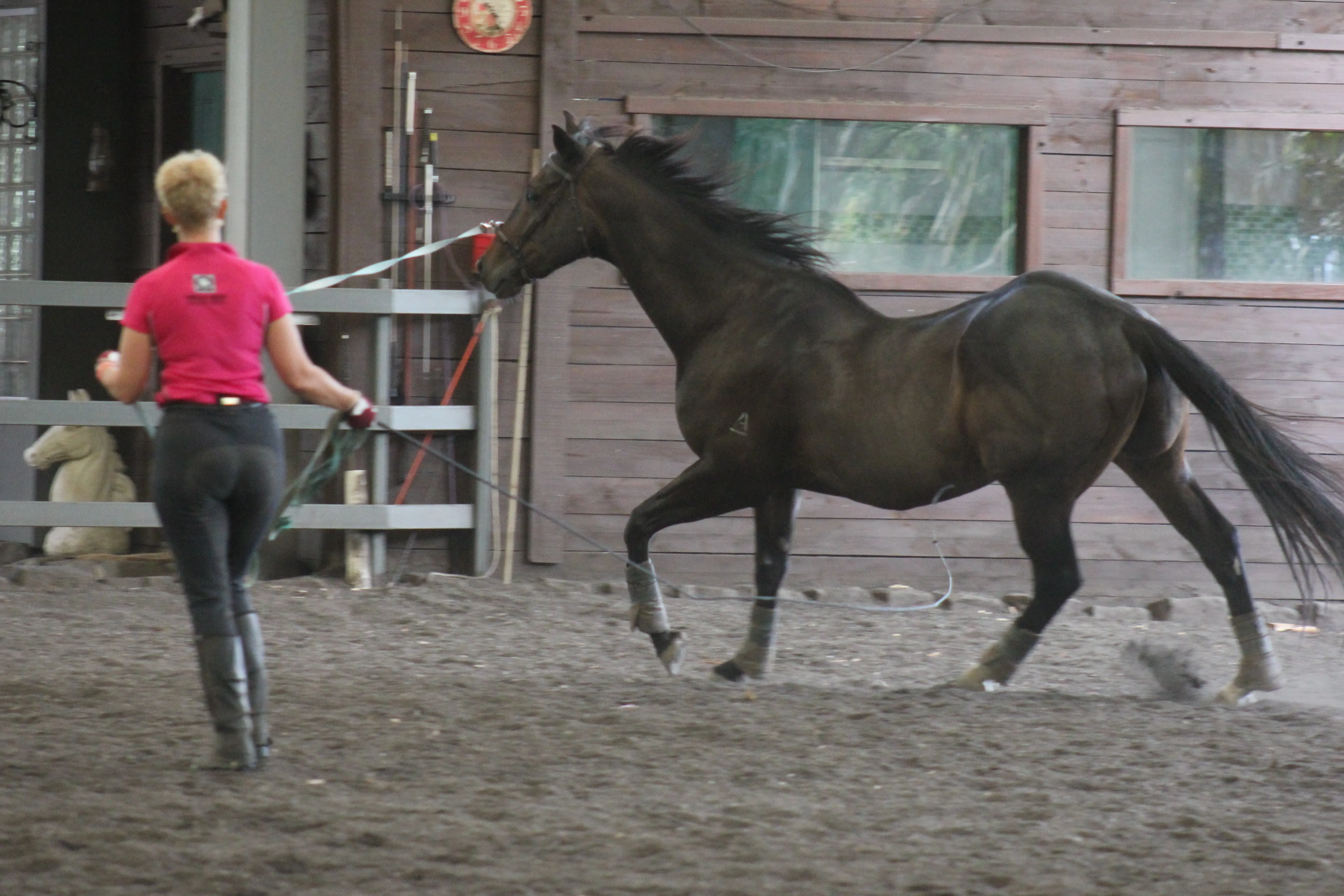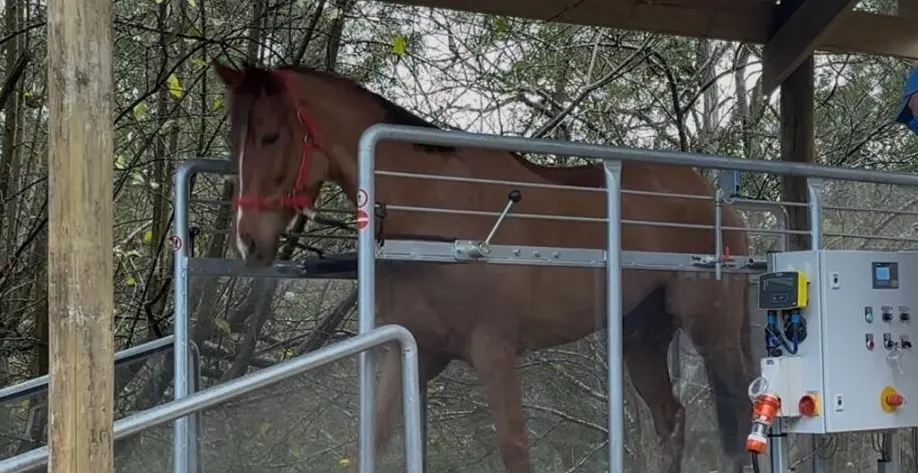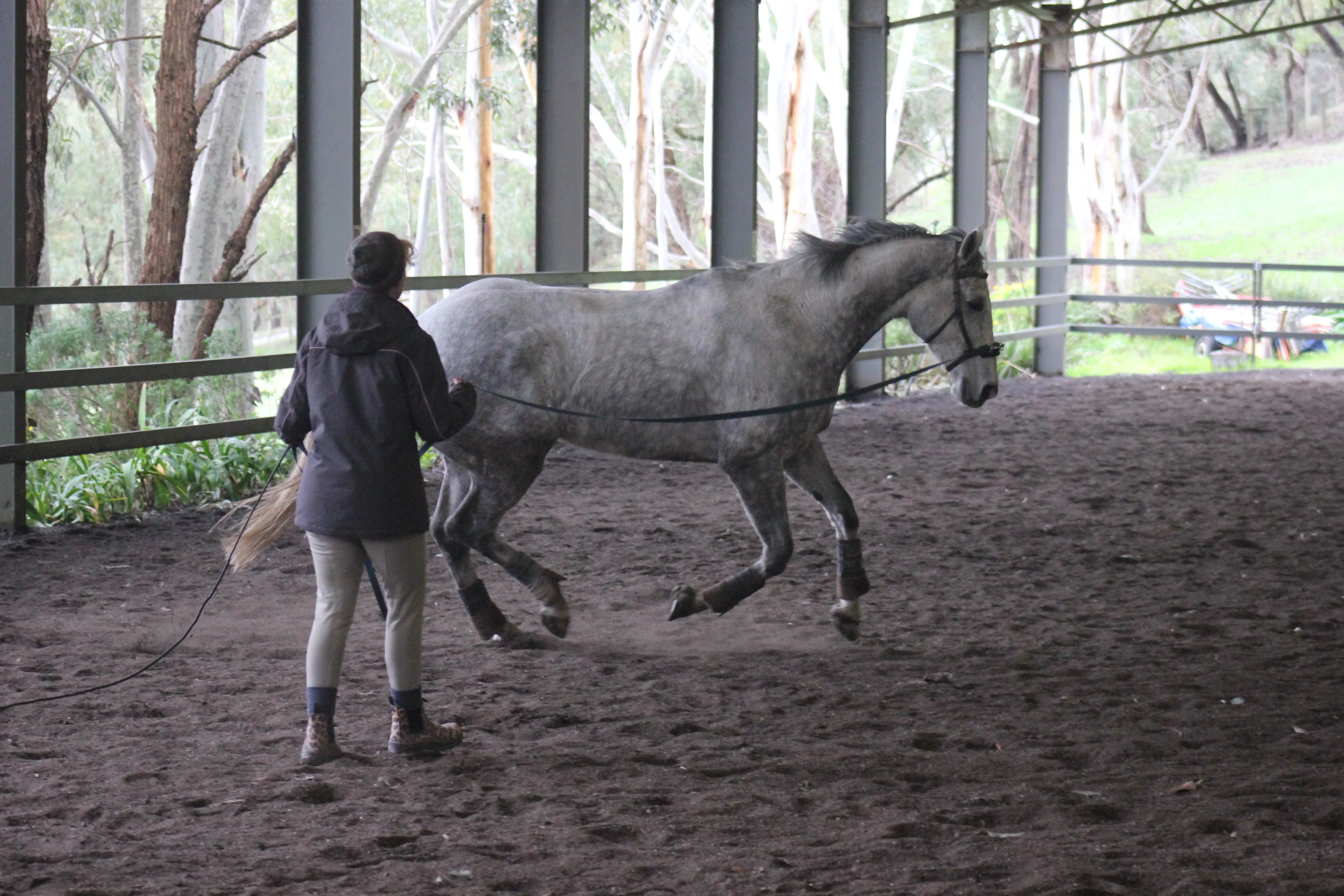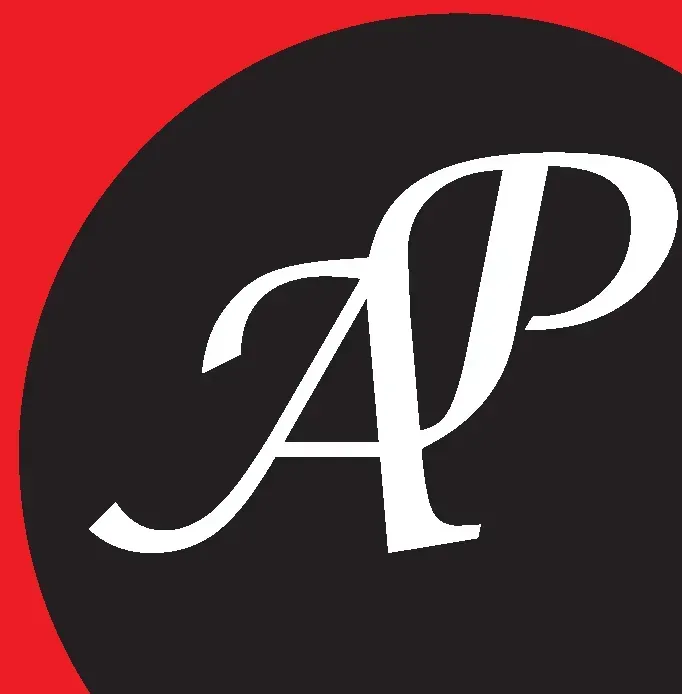Straightness: The Secret to Soundness
If I had to pick one thing that quietly separates the sound, athletic, and consistent horses from the ones that always seem to struggle — it’s straightness.
We all talk about strength, fitness, stride length, recovery, diet, the perfect surface, the best gear — but straightness? It doesn’t get the attention it deserves. And yet, when you really start to see it, you realise that most performance issues and even a lot of lameness problems come back to one simple truth: the horse isn’t straight.
So what is “straightness,” really?
Straightness isn’t about a horse standing like a ruler on the track. It’s not about lining up the head, neck and tail in a perfectly straight line. Horses are naturally a little bit crooked — they have a stronger side, just like we’re left or right-handed.
When I talk about straightness, I mean the ability for the horse’s body to move evenly and symmetrically — where the power from behind travels freely through the body, without leaking out one side. When a horse is straight, both hind legs push evenly. The horse tracks true, shoulders and hips aligned with their line of travel.
In that state, energy flows efficiently. The horse feels smooth, balanced and soft. Everything just works.
But when they’re not straight — which is far more common — you see all sorts of compensations. A hip swings out, one shoulder drops, the neck bends too much one way, the hind end drifts another. It’s subtle at first, but it sets the stage for uneven muscle development, joint strain and asymmetrical wear and tear.

Why Straightness Matters So Much
Let’s think of the horse as an engine.
If one piston fires a little weaker than the other, or one cylinder misfires occasionally, the engine still runs — but it’s never smooth. The vibration, the extra friction, the uneven load all take a toll over time. That’s what happens when a horse moves crookedly.
In racing, we’re always chasing that extra percent of efficiency — and straightness is a huge part of it.
When a horse is straight:
- They track up evenly with both hind legs.
- They carry themselves more comfortably, which reduces strain through joints and tendons.
- They maintain rhythm better, even under fatigue.
- They recover faster because there’s less uneven loading.
- And most importantly — they’re sounder, longer.
Crooked horses might still run fast for a while, but you’ll often see little niggles appear: sore backs, uneven shoulders, one hind fetlock consistently puffy, a recurring muscle tightness. It’s not random. It’s the body’s way of saying, “I’m working harder on one side.”
How Crookedness Shows Up in Everyday Work
Once you start watching for it, crookedness is everywhere.
- The horse that leans on one rein more than the other.
- The one that always swings their quarters out on the circle.
- The one that pushes their head to the outside when cantering or galloping.
- Or the horse that feels powerful on one lead and weak or unbalanced on the other.
All these signs point to a lack of straightness — a body that’s not working evenly. And here’s the kicker: a crooked horse can look strong and fit, but still be off balance underneath that muscle.
That imbalance shows up under pressure — in the final furlong, when they need to change legs cleanly, when they hit the turn, or when they start to fatigue late in a prep. That’s when straightness (or the lack of it) really tells the story.
What Straightness Feels Like in the Gallop
When a horse is straight, there’s this feeling of everything coming together. The stride feels even, connected, rhythmical — like a well-tuned machine. The horse tracks confidently into the contact, not hanging or twisting.
They feel light but powerful. You can feel both hind legs pushing equally, the body staying “under” you instead of falling out to one side.
On the turn, a straight horse doesn’t lean or drift. You feel them bend correctly through the ribcage, staying upright and balanced through the corner.
On the straight, they drive forward without tail swishing, without the hindquarters wandering out of line. It feels effortless. You can feel the rhythm — steady and sure.
And once you’ve felt that? You’ll never forget it. Every time after that, you’ll notice when something’s even a little bit off.
The Problem With “Training Around” Crookedness
It’s easy to overlook straightness because crookedness doesn’t always scream “injury.” It whispers instead.
The horse keeps training, keeps racing, keeps performing — until one day something gives. You might see a fetlock flare up, a suspensory strain, a sore back. You fix the symptom, but the pattern keeps repeating.
That’s why I often say: Don’t just fix the lameness — fix the movement.
If a horse has been loading unevenly for months or years, the body has adapted. Muscles build unevenly. Joints wear differently. Even after rest and rehab, if the crookedness isn’t corrected, the problem just comes back.
So instead of training around it, we need to train through it — thoughtfully and patiently.

How to Improve Straightness in Training
You don’t need fancy equipment (though tools like treadmills with specific exercises absolutely help). What matters is awareness and consistency.
Here are some practical ways to help improve straightness:
1. Start at the Walk
At the walk, you can actually see and feel the asymmetry. Use long straight lines and gentle curves. Notice which side the horse naturally bends towards. Focus on rhythm and even tracking — both hind legs stepping up under the body.
2. Use the Treadmill (If You Have Access)
A treadmill, especially one with incline, is brilliant for straightness. It removes the rider’s weight and allows the horse to move evenly in a controlled environment. You can literally see how the horse tracks — and over time, the even loading builds symmetry and topline strength.
3. Work Both Directions Equally
Sounds obvious, but many horses do more work on their “good” side — especially in busy racing stables. Make sure every exercise, every turn, every canter is done both ways. The weaker side needs time to catch up.
4. Check the Basics
Sometimes crookedness starts with something simple: saddle fit, uneven feet or dental imbalance. If the horse is uncomfortable in their body, they’ll protect one side — and the pattern continues.
5. Encourage Self-Carriage
Instead of holding a horse straight with the reins, teach them to carry themselves straight. That comes from engaging the hind end, not from pulling the head into place. Encourage them to move through their body, not just with it.
6. Don’t Rush the Gallop Work
Straightness can’t be forced at speed. Build it slowly, through strength and coordination work. Hill walking, poles, and controlled flatwork all contribute to a straighter, stronger gallop later.
How Straightness Builds Soundness
Here’s the science behind why this all works.
When a horse moves straight:
- Load is distributed evenly across joints and tendons.
- Muscles develop symmetrically, supporting the spine and pelvis evenly.
- Stride length and power increase naturally because there’s no wasted energy.
- Back and core muscles strengthen, which stabilises everything else.
This means fewer compensations, fewer overloads, fewer recurring issues.
Over time, the result is a horse that feels better, moves better and stays sounder longer. You’ll notice fewer “mystery” niggles, fewer off days, fewer gait irregularities that don’t quite show up on scans but you know are there.
It’s Not Just Physical — It’s Mental Too
Here’s something people often forget:
when a horse is crooked, they’re also mentally unbalanced.
They find one direction harder, one task more stressful. They anticipate discomfort and start to brace against it. Straightness — true, supple, body-connected straightness — brings a calmness to the horse’s mind.
They move freely, without resistance. They start to trust their body again. You’ll feel it in their attitude — they’re more forward, more relaxed, more focused. That’s when the magic happens: balance in body creates balance in mind.
Why Straightness Is the Foundation of Everything
Straightness underpins every other aspect of training:
- Strength
- Balance
- Rhythm
- Coordination
- Even muscle development
- Confidence in movement
If those foundations aren’t solid, you’re always working uphill. Straightness isn’t a “dressage thing” or a “fancy idea” — it’s the building block of athletic soundness.

Final Thoughts: Start Looking With a Different Eye
Next time you’re watching your horses on the walker, under saddle or on the treadmill — look for straightness.
Notice which hip moves higher, which shoulder drops, which rein they lean on. Start making little changes. Ask your riders to feel for evenness, not just speed.
Because straightness is where it all starts — the quiet, invisible foundation for power, grace and long-term soundness.
When the horse moves straight, everything flows: the stride, the rhythm, the connection, the confidence. And when that happens, you’re not just training a racehorse — you’re building an athlete for the long haul.
That’s the real secret. Straightness is soundness.
